Tigers have long been touted as the most fearsome of the big cats. Their majestic appearance, powerful build, and stealthy hunting techniques make them an iconic symbol of wildness and strength. But is this reputation truly deserved? In this article, we explore the characteristics, behaviors, and roles of tigers in the animal kingdom to evaluate their standing as the most fearsome big cats.
The Physical Might of Tigers
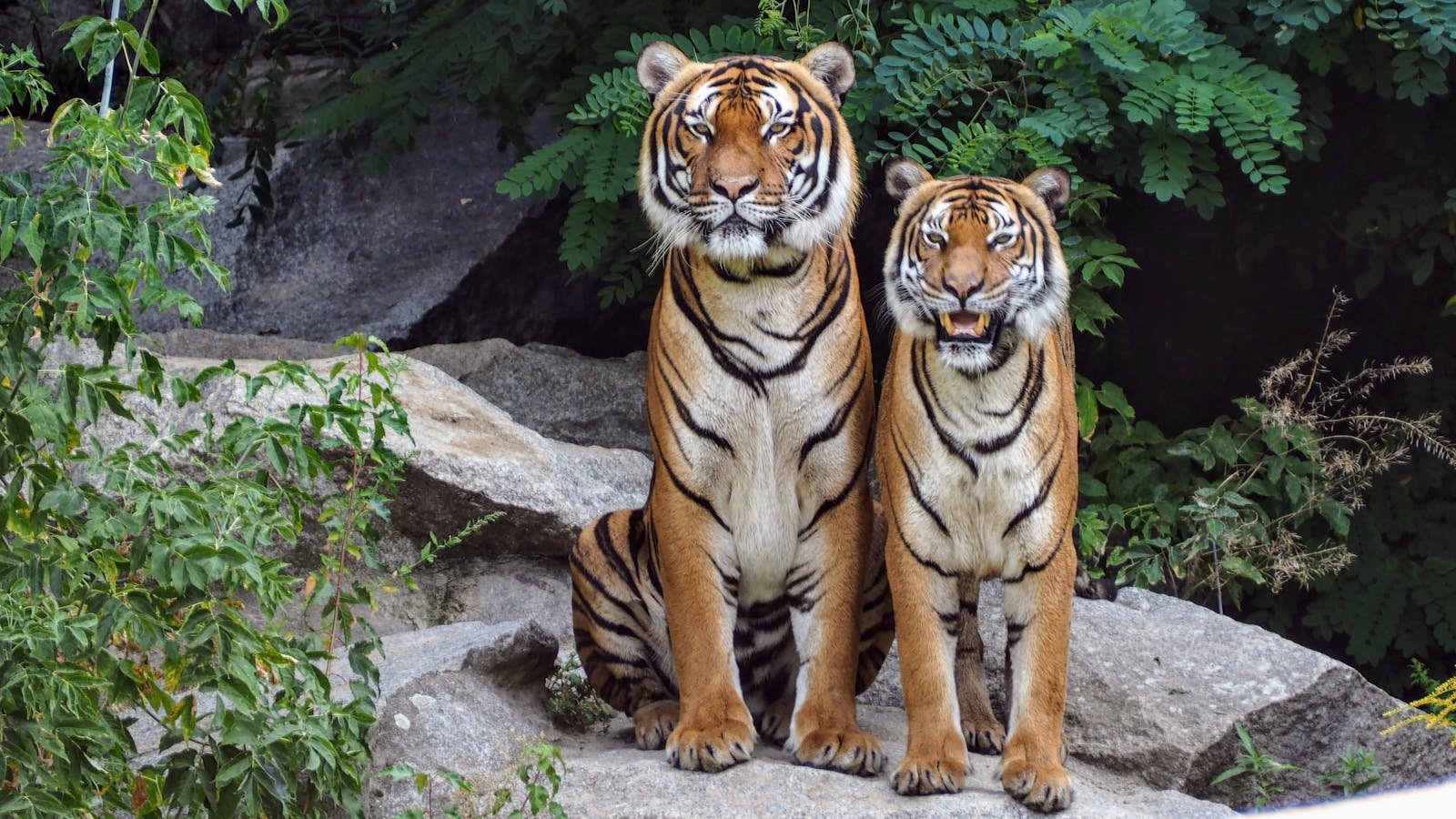
As the largest members of the cat family, tigers boast impressive physical attributes. Adult male tigers can weigh up to 660 pounds and stretch over 10 feet from nose to tail. Their muscular build, retractable claws, and formidable jaws make them one of nature’s most efficient predators. This physical prowess certainly contributes to their fearsome reputation.
Tigers’ Unique Hunting Techniques
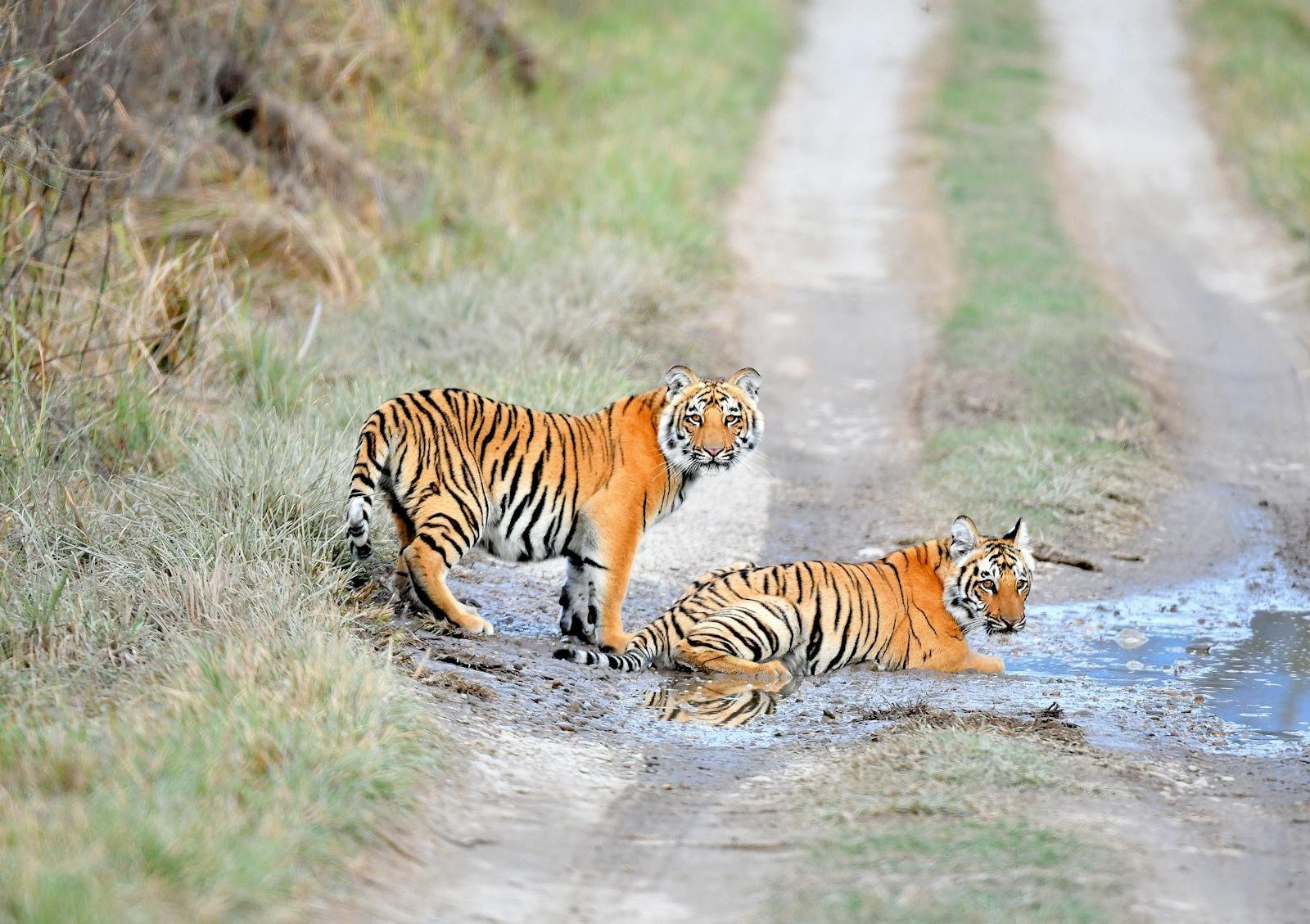
Tigers are solitary hunters, relying on stealth and strength to ambush their prey. They can leap distances of up to 30 feet, silently closing in on unsuspecting animals. Their powerful forelimbs and sharp claws help them grasp and immobilize prey with a suffocating bite to the neck or throat. Their ability to adapt their hunting strategy to different environments further cements their status as apex predators.
Comparing Tigers to Other Big Cats
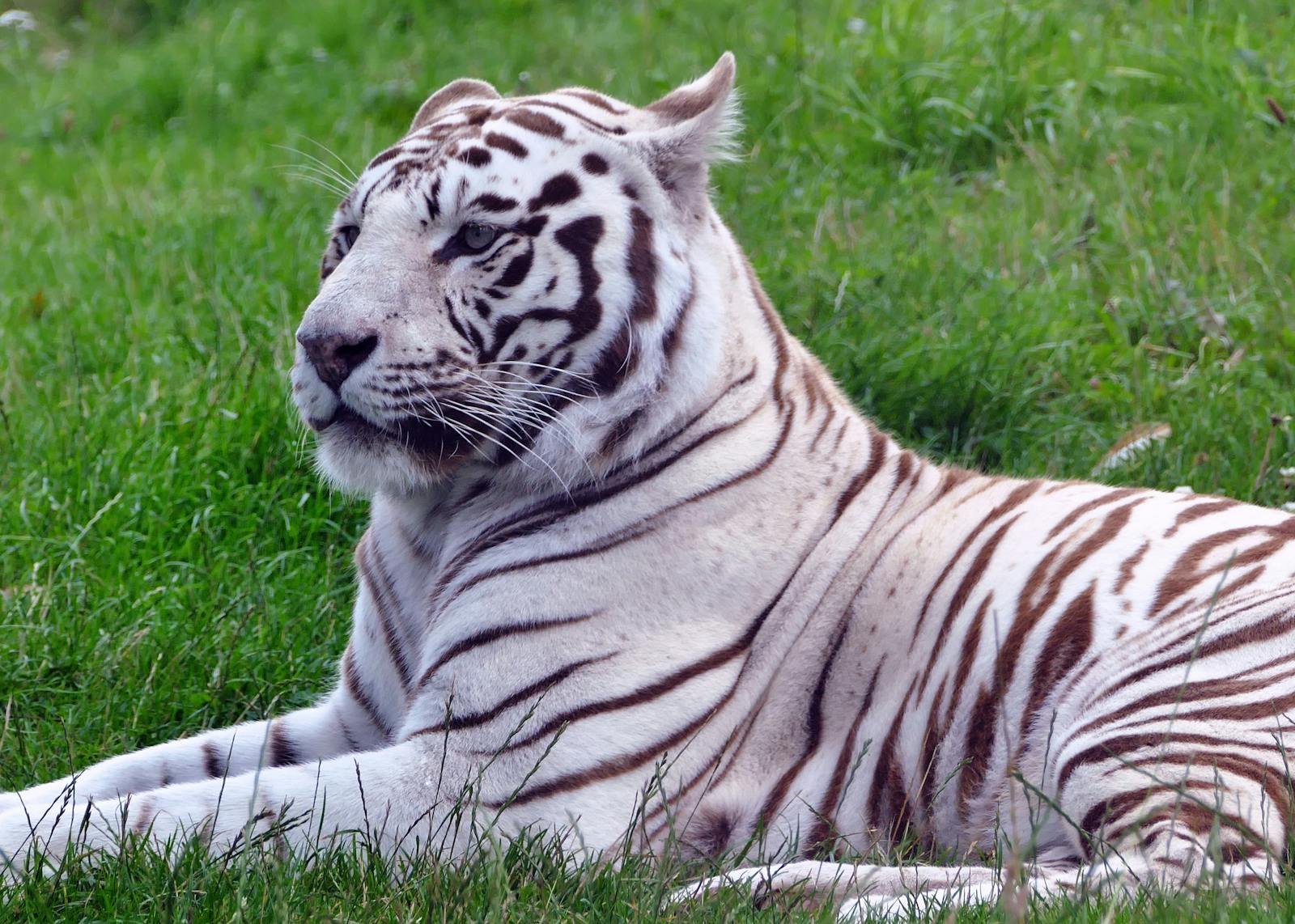
While tigers are undoubtedly impressive, they share the big cat arena with lions, leopards, jaguars, and other large felines. Each species has its own unique attributes and ecological roles. Lions, for example, are known for their social structures and cooperative hunting, while jaguars have the most powerful bite relative to body size. Despite these differences, tigers often eclipse their peers in popular imagination due to their solitary nature and formidable physique.
The Psychological Aspect: Instilling Fear
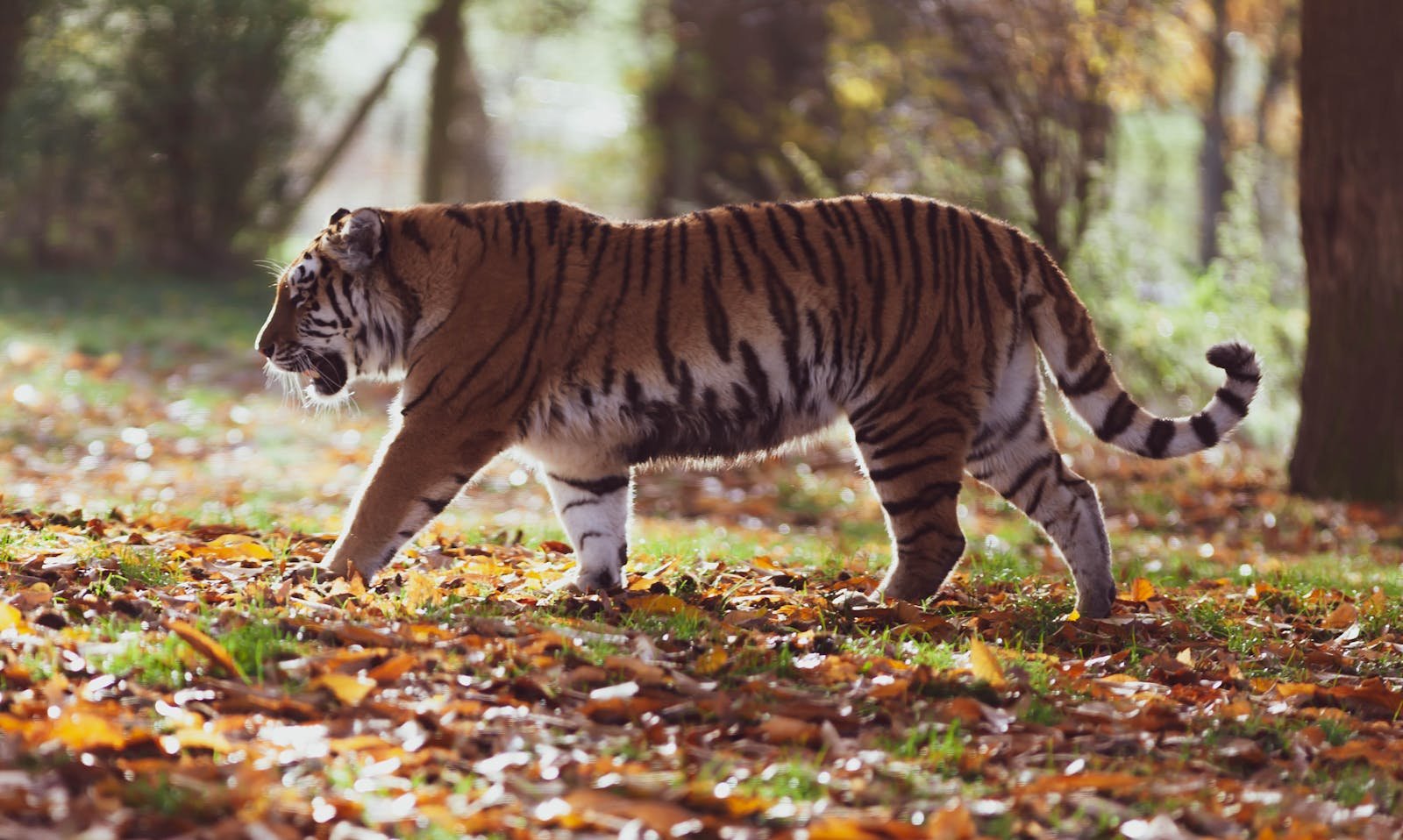
Beyond physical attributes, the tiger’s solitary and secretive lifestyle adds to its mystique and fearsome reputation. Unlike lions, which are often seen in groups, tigers evoke a sense of danger as unseen, lone predators. This aura is amplified by cultural portrayals that often emphasize the tiger’s stealth and deadly capabilities.
Historical and Cultural Significance
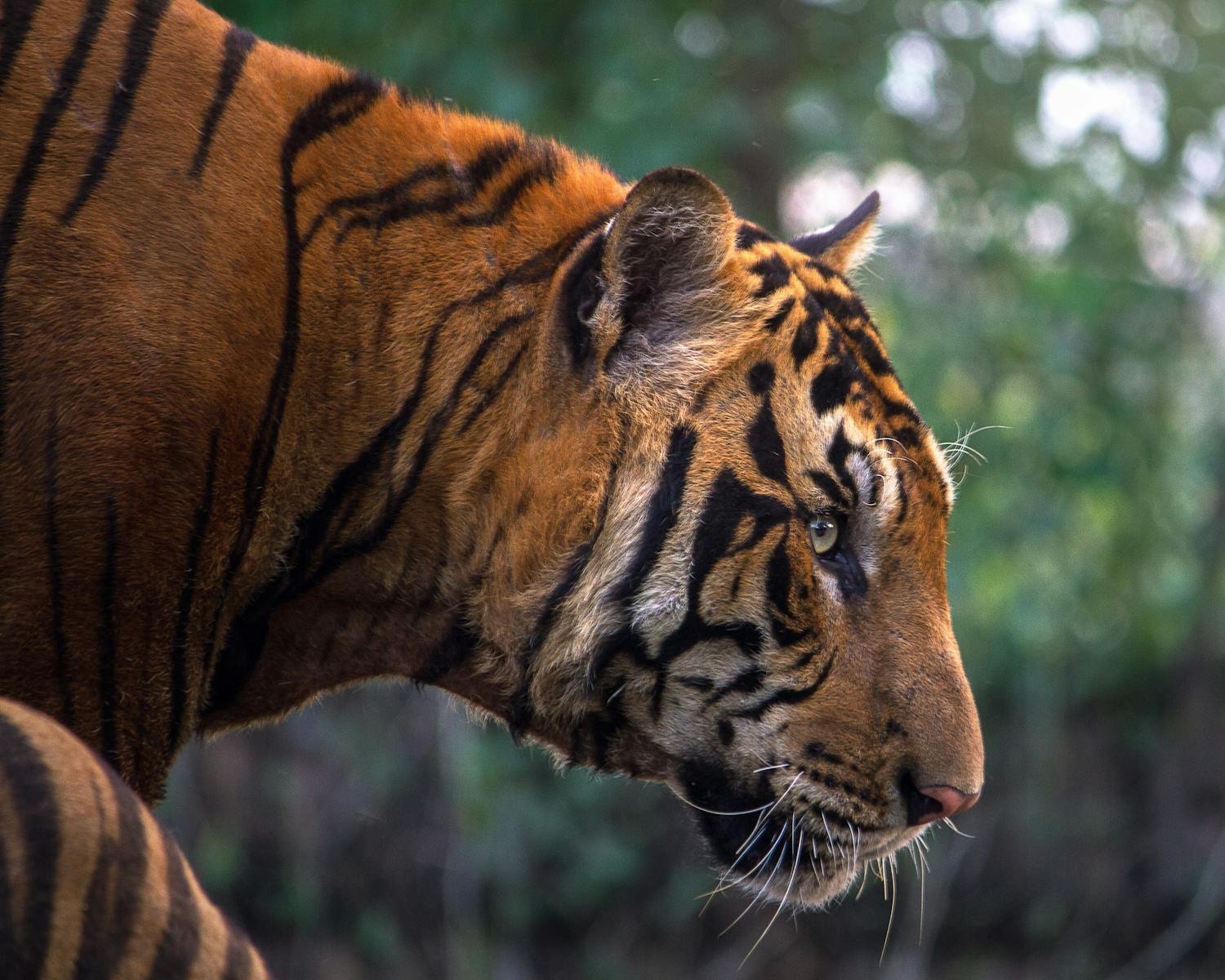
Tigers have played a significant role in the folklore and mythology of various cultures, often symbolizing power, courage, and fear. In Chinese culture, the tiger is one of the 12 zodiac animals and represents dignity, ferocity, and energy. Similarly, Hindu mythology reveres the tiger as the vehicle of the goddess Durga, further elevating the animal’s status to one of sacred strength and protection. These cultural narratives contribute to their mighty reputation.
Conservation Status and Human Impact
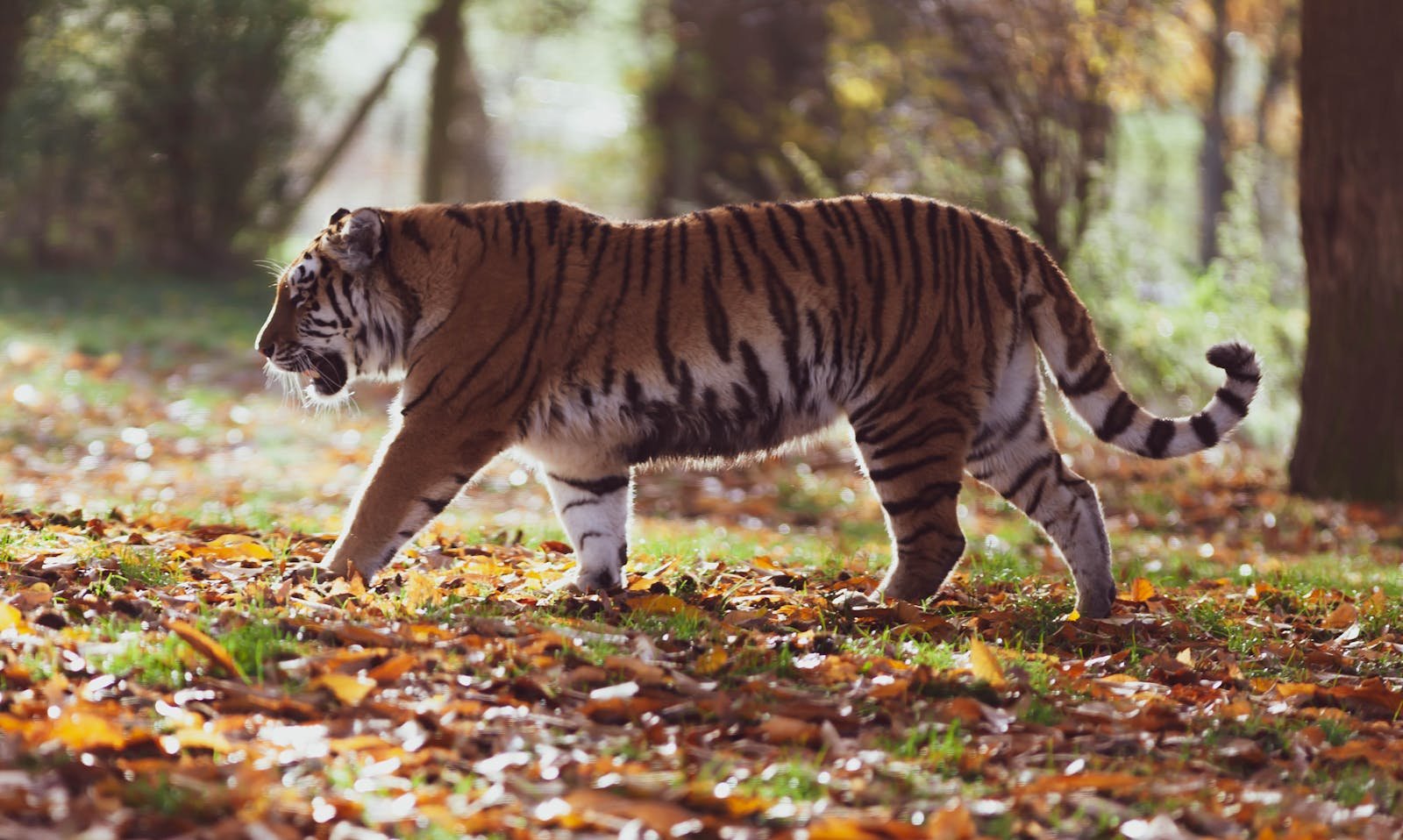
Despite their fearsome reputation, tigers are vulnerable to human activities such as habitat destruction and poaching. Only about 3,900 tigers remain in the wild today, scattered across isolated pockets in Asia. Conservation efforts strive to protect their dwindling populations, illustrating the dual perspective of viewing tigers as both fearsome predators and vulnerable remnants of nature.
Tigers: A Balanced Ecosystem Role
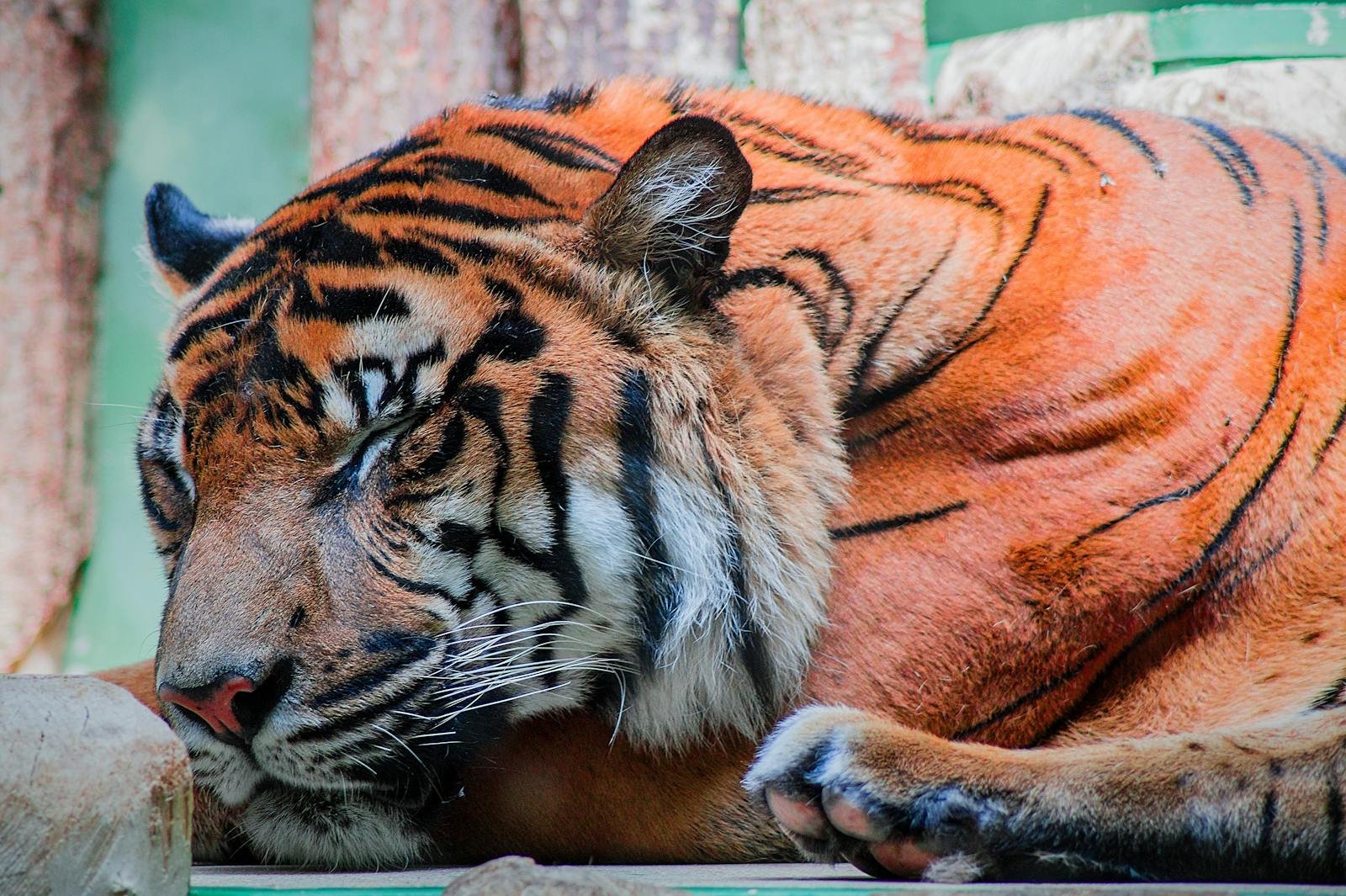
Tigers play a vital role in maintaining the health of ecosystems. As apex predators, they help regulate prey populations, which, in turn, influences the vegetation and overall balance of their habitats. Their presence indicates a healthy, thriving ecosystem. This ecological role underlines the importance of preserving their natural habitats, where they contribute to biodiversity and environmental stability.
Do Tigers Pose a Real Threat to Humans?
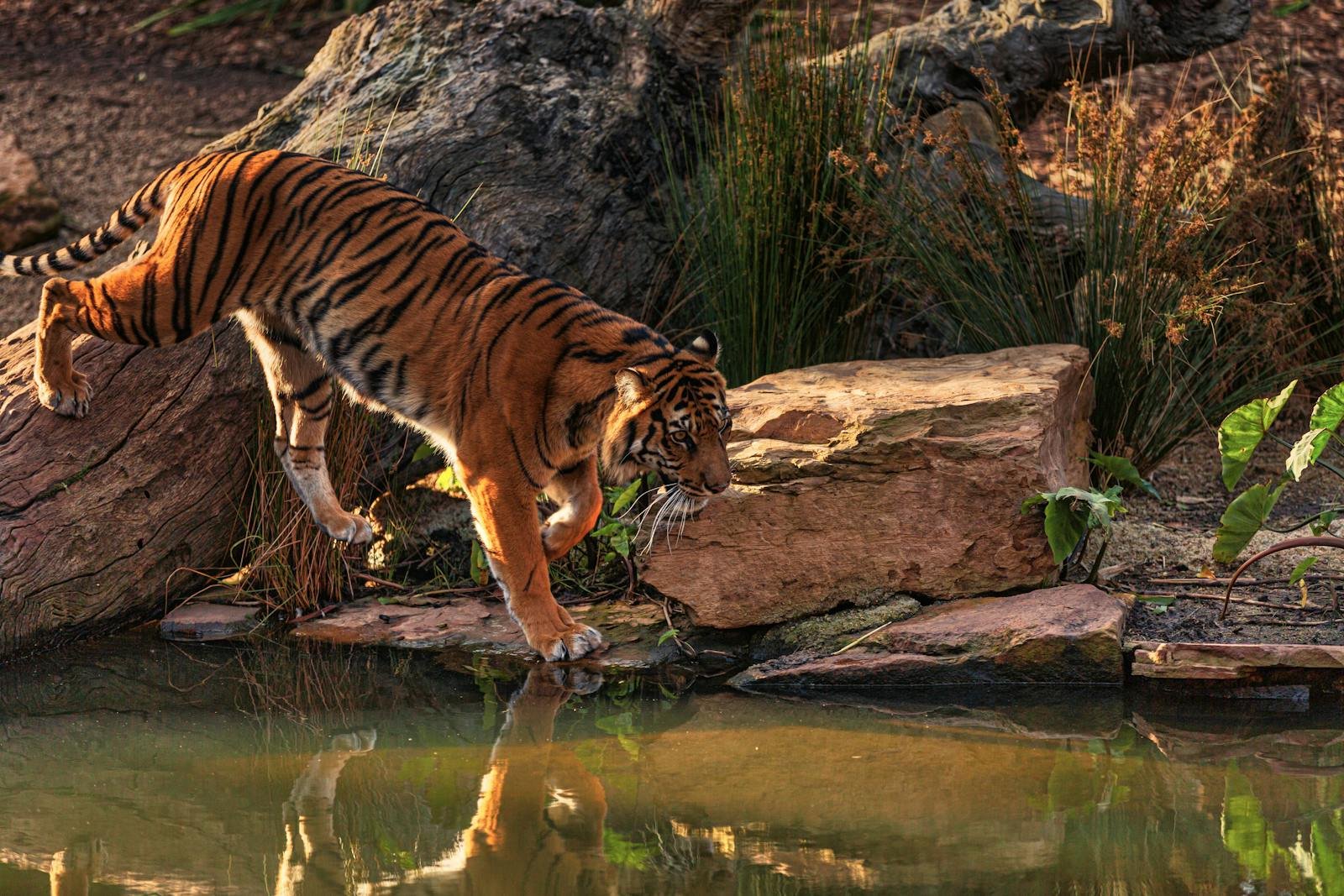
While tigers have featured in numerous stories of human-wildlife conflict, actual attacks on humans are rare. Most incidents occur when tigers feel threatened or when their natural prey is scarce, forcing them to seek alternative food sources. Normally, tigers avoid human contact, and the perception of them as man-eaters is often exaggerated by media and folklore.
Conclusion: The Balanced Perspective
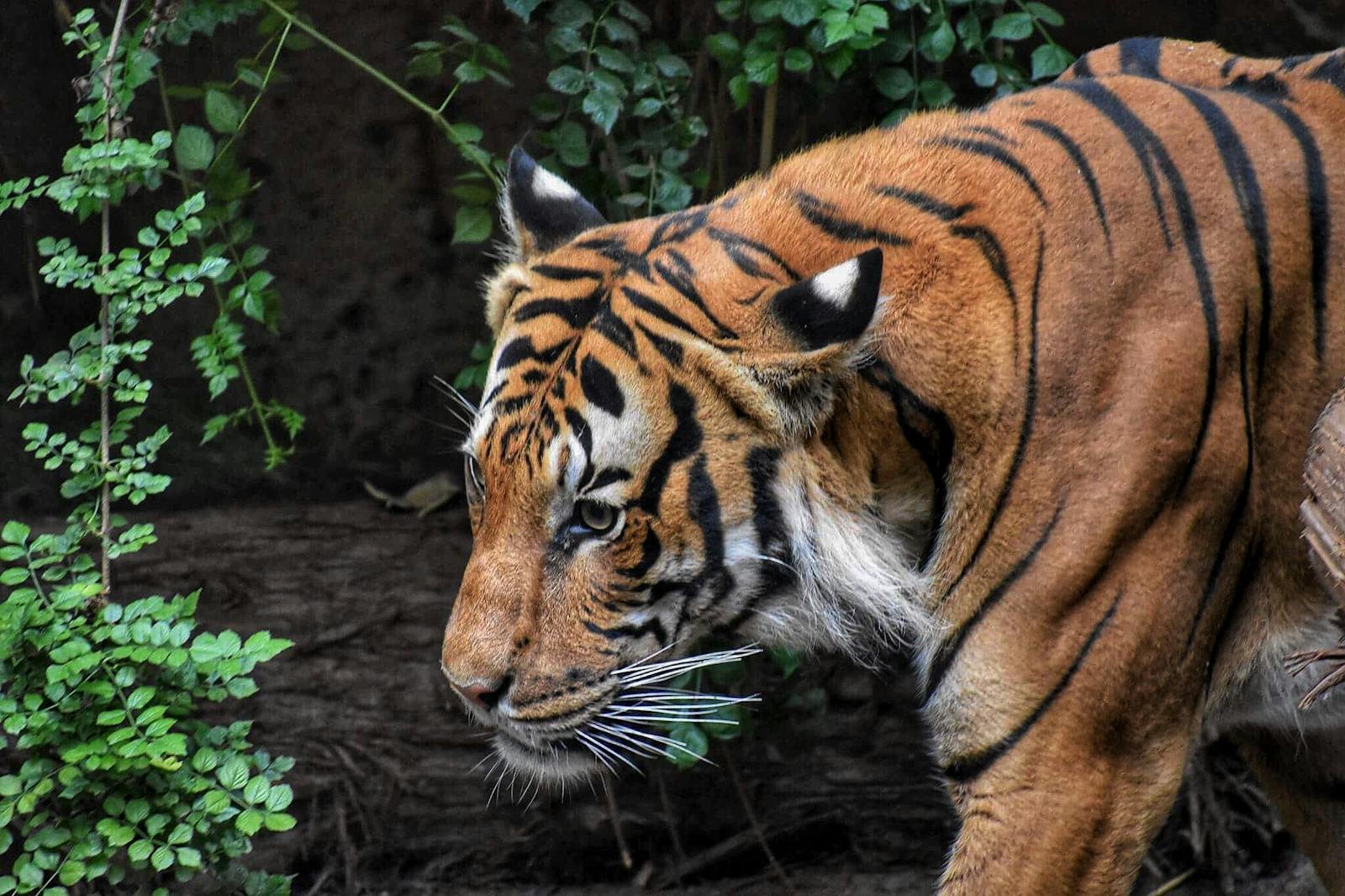
In conclusion, tigers deserve their reputation as fearsome predators due to their impressive physical attributes, specialized hunting strategies, and cultural significance. However, it is important to balance this view with an understanding of their ecological importance and conservation needs. By appreciating tigers as both awe-inspiring predators and crucial ecosystem components, we can work towards harmonious coexistence with these majestic big cats.
Hi, I’m Bola, a passionate writer and creative strategist with a knack for crafting compelling content that educates, inspires, and connects. Over the years, I’ve honed my skills across various writing fields, including content creation, copywriting, online course development, and video scriptwriting.
When I’m not at my desk, you’ll find me exploring new ideas, reading books, or brainstorming creative ways to solve challenges. I believe that words have the power to transform, and I’m here to help you leverage that power for success.
Thanks for stopping by, Keep coming to this website to checkout new articles form me. You’d always love it!






